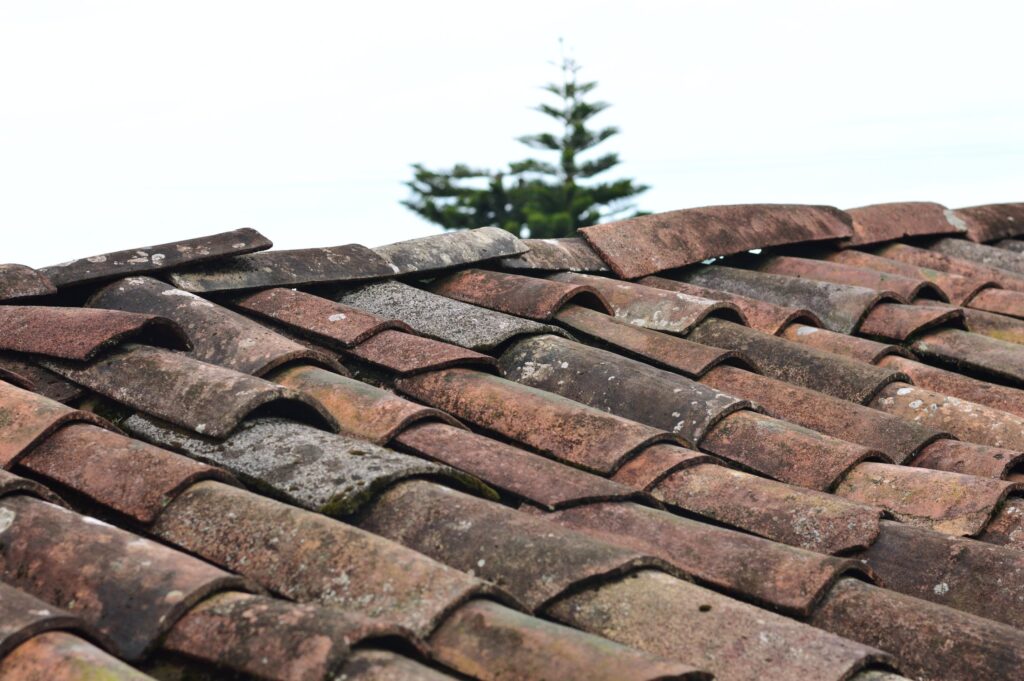
Alas, no matter how carefully you look after your roof, it could still incur damage at some point during your occupation of the property. There are various kinds of roof damage – and they can evidence themselves in different ways.
In this article, we have identified what Real Homes has cited as the four most common types of roof repair. We have also explained how you can detect roofing issues that would necessitate this repair work, and how you can arrange for these problems to be remedied.
Fixing or replacing shingles
This work can be required if, for instance, tree branches or wind-blown patio furniture have landed on your roof and consequently damaged or dislodged shingles on it. Hence, you could consider asking a roofing firm to do roof repairs in Newcastle upon Tyne or wherever you happen to live.
Fortunately, shingles are very easy to repair – especially if they were originally fitted fewer than ten years ago. However, there remain some scenarios where shingles could need fully replacing instead.
For example, repairing specific areas of an old roof can be difficult, as other parts of it could be accidentally damaged in the process. Also, if shingles on your roof have been battered by hailstones, the damage could be extensive and so make a full replacement roof the more cost-effective solution.
Repairing or replacing flashings
The word ‘flashings’ refers to pieces of material used to protect roofing seams, such as where a roof plane meets the chimney. So, if flashings are damaged, rainwater can easily seep into the building and cause damp patches on walls and ceilings.
Ceiling flashings are especially vulnerable to damage – and, when flashing damage does come about, it is usually along the seals, where more flashing sealant can be applied. Meanwhile, bent flashings can be bent back into shape and resealed. However, any flashing that is seriously damaged or cut could need replacing instead.
Fixing damage caused by rodents or tree rub
If rodents have infested your home, you will probably know about it. Of houses with yellow-necked mice, “42% suffer damage to furnishings and internal structures, 31% to food, and 9% to insulation and wiring”, the Discover Wildlife website explains.
Mice and rats could get into your home in the first place through an inadvertent hole in the roof. In this instance, you could have that hole patched up and, if a tree on your land is positioned close enough to the roof to have possibly helped the rodents in reaching it, get this tree removed.
Replacement of pipe jacks
The pipes you may have seen sticking out of your home’s roof are known as plumbing vents – and, as the Roof Tips site clarifies, are intended to “release unpleasant odour and gas from inside the building instead of removing water and waste from septic tanks or sewers like drainpipes do.”
However, pipe jacks might need replacing if the roof jack system was poorly installed by the original contractor. Hence, you could ask a different contractor to provide replacement pipe jacks.

